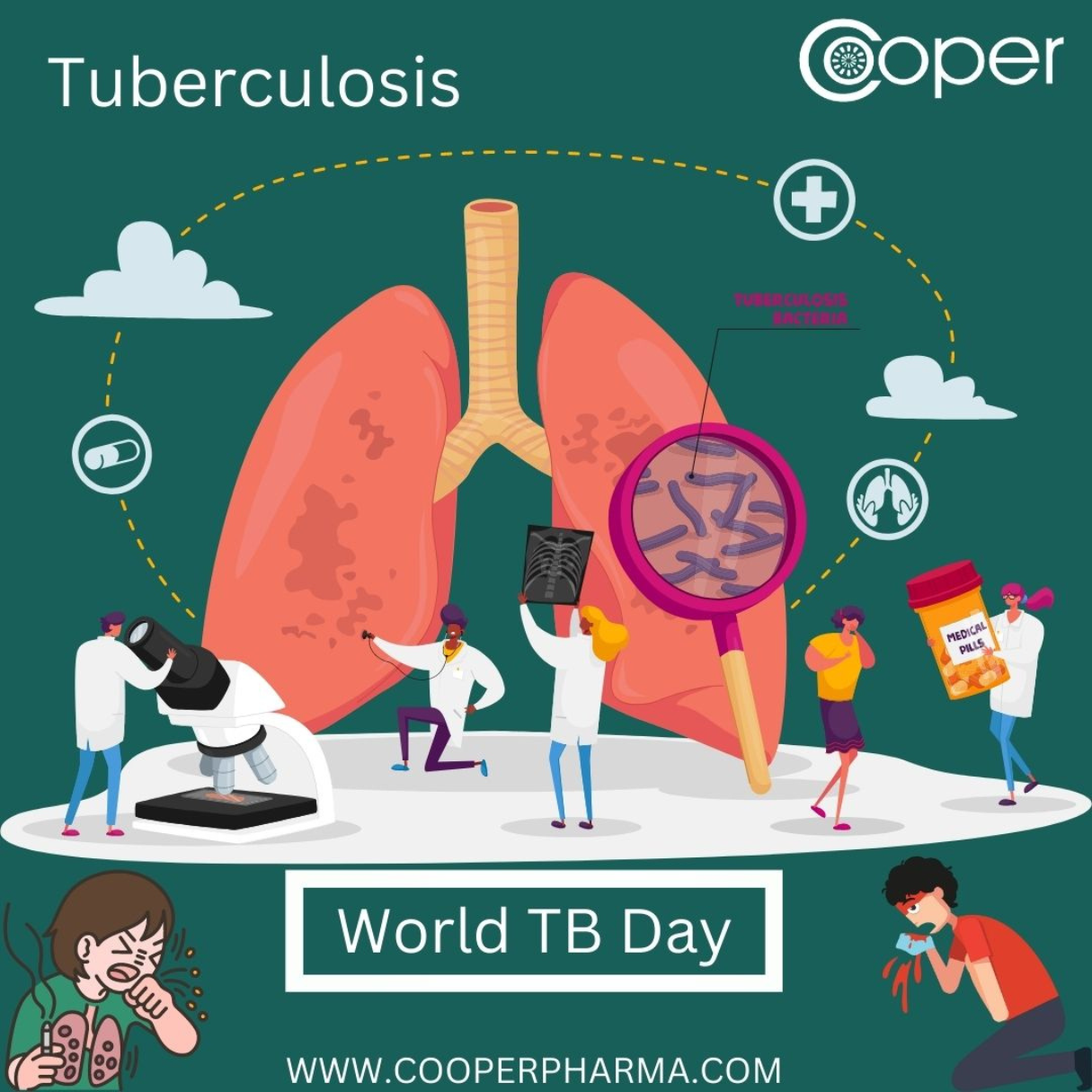How hormones affecting the DNA (Deoxyribonucleic acid ) ?
Recent Blog
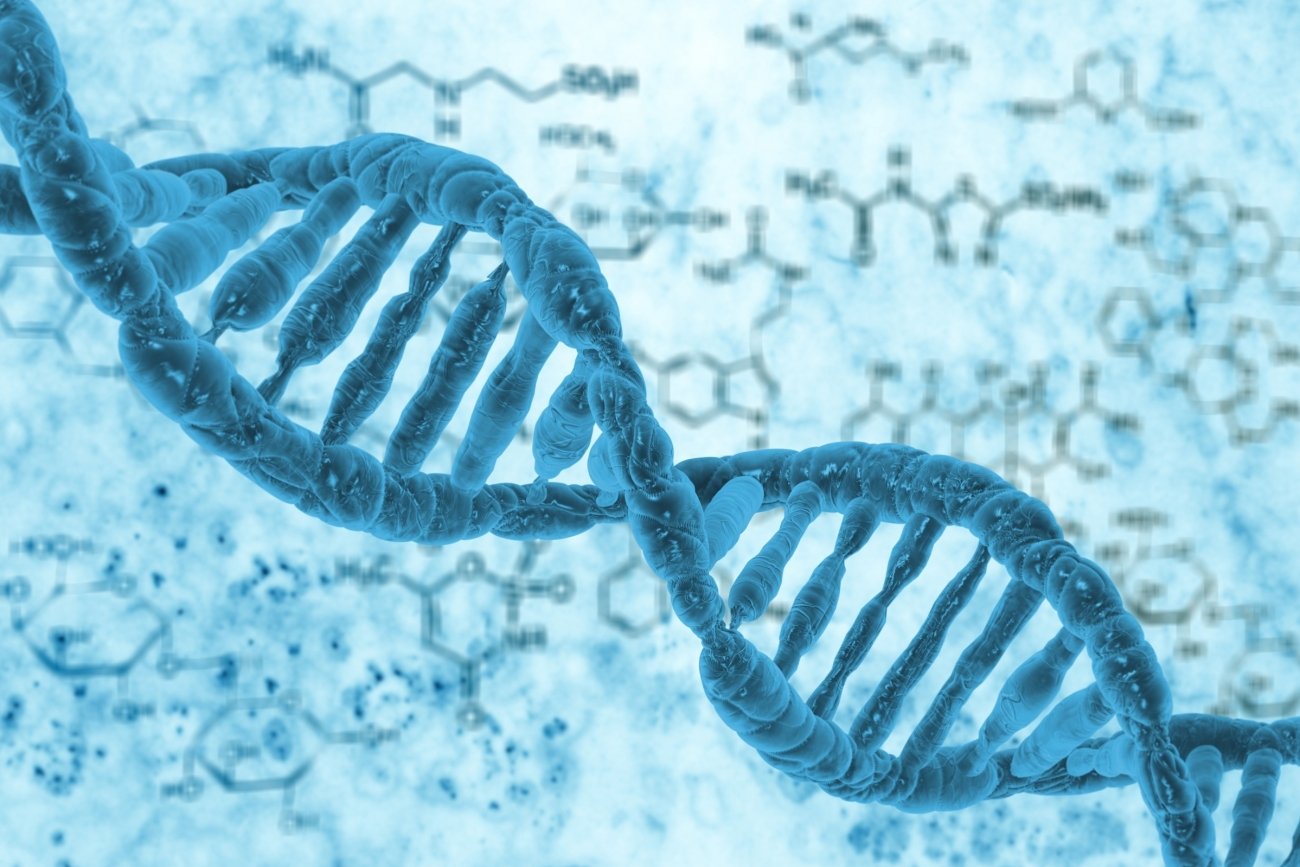
How hormones affecting the DNA (Deoxyribonucleic acid ) ?
Date:- 2018-02-28 00:00:00
Hormones are molecules that are produced in one cellular location in an organism, and whose effects are seen in another tissue or cell type. In mammals hormones can be proteins or steroids. Hormones are usually either peptide (protein) or steroid in the body.
Hormones produce their effects on target tissues by binding to specific proteins called hormone receptor, specific for a particular hormone located in the target tissues only. These hormone receptors present on the cell membrane of the target cells calledmembrane bound receptors /extracellular/surface receptors. The hormone binds to the receptor forming hormone receptor complex. The hormones are not able to enter the target cells. Hence they generate second messengers that regulate the cellular metabolism. Second messengers are cyclic AMP,Ca2+, IP3 ( Inositol triphosphate). Second messengers act as interacting between the hormone and the cell. They carry the information from the hormones and transfer it to the cell. Each receptor is specific to one hormone only and hence receptors are specific hormone receptor complex formation leads to certain biochemical changes in the target tissue.
Peptide hormones bind extracellular receptors because they have hydrophilic elements and are lipid insoluble, cannot pass through cell membrane and relay an internal message via multiple methods (G-protein cascade signaling, phosphorylation of internal proteins, etc) via second messengers. The action of hormone is performed by method is Non-steroidal.
A steroid hormone directly initiates the production of proteins within a target cell. Steroid hormones diffuse into the cytosol of cell membrane of target cells as they are lipid soluble due to which they can directly enter the cell because they are hydrophobic and may even enter the nucleus of the receptor cells and the receptors present inside the nucleus of target cell called intracellular receptors, mostly nuclear receptors. Steroid hormones are slow acting, smaller in size and are able to cross cell membrane. This hormone action is known as Steroid hormone action. Physiological functions are regulated by steroid hormone in the target tissue of body is cortisol, testosterone, estrogen, progesterone etc.
Ultimately, the two actions produce the same effect in that the intracellular response leads to increased transcription of DNA creates a m-RNA (messenger RNA) that is translated into the desired protein within the cytoplasm (protein synthesis). As soon as proteins are synthesized, they start working on the action. The effect increases/decreases protein levels which lead to the observed response (DNA expression). Proteins are responsible for "traits".
Working of Estrogen:
Estrogen is released from follicular cells and the place where its action takes place are uterine cells (target cells). Estrogen is a group of hormone and the acting hormone is β-estradiol. In the cytoplasm, intracellular receptor of estrogen called as Estrophillin. This hormone is slow acting and is fat soluble. That why estrogen can cross the cell membrane and come inside the cells and bind to receptor which is present in the cytoplasm leads to formation of estrogen receptor complex (Estrophillin II). This complex diffuses into the nuclear membrane and come into the nucleus. Inside the nucleus, it binds to target gene on DNA. The DNA undergoes modified changes leads to formation of m-RNA (transcription), m-RNA (messenger RNA)is present in the cytoplasm and it can help to form protein with the help of ribosomes. This is the place where translation takes place. The protein formed can be ovalbumin and ovovitinin. These two bring about the division of follicular cells and the effect is seen (gene expression).




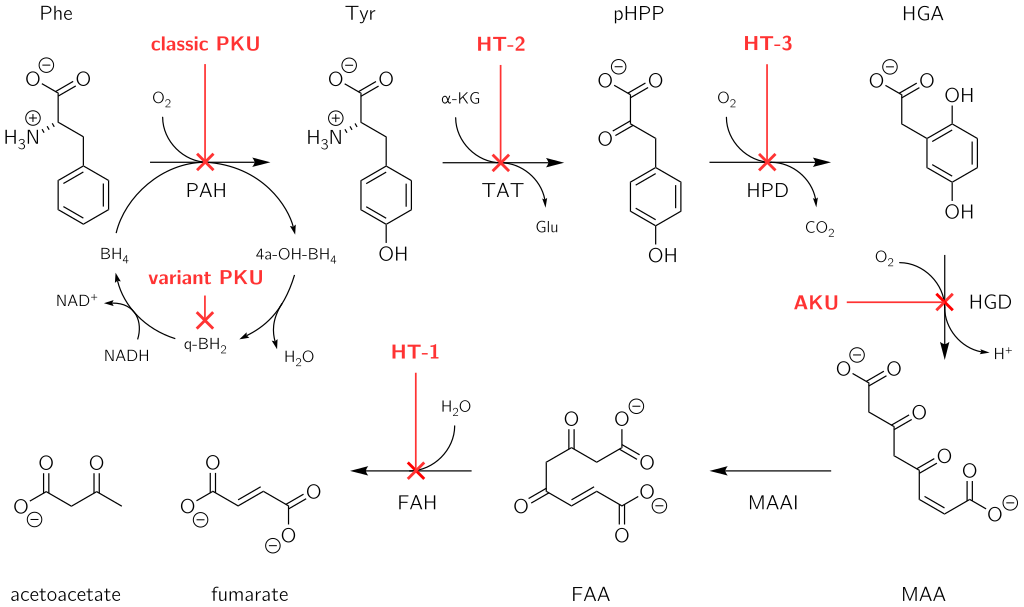

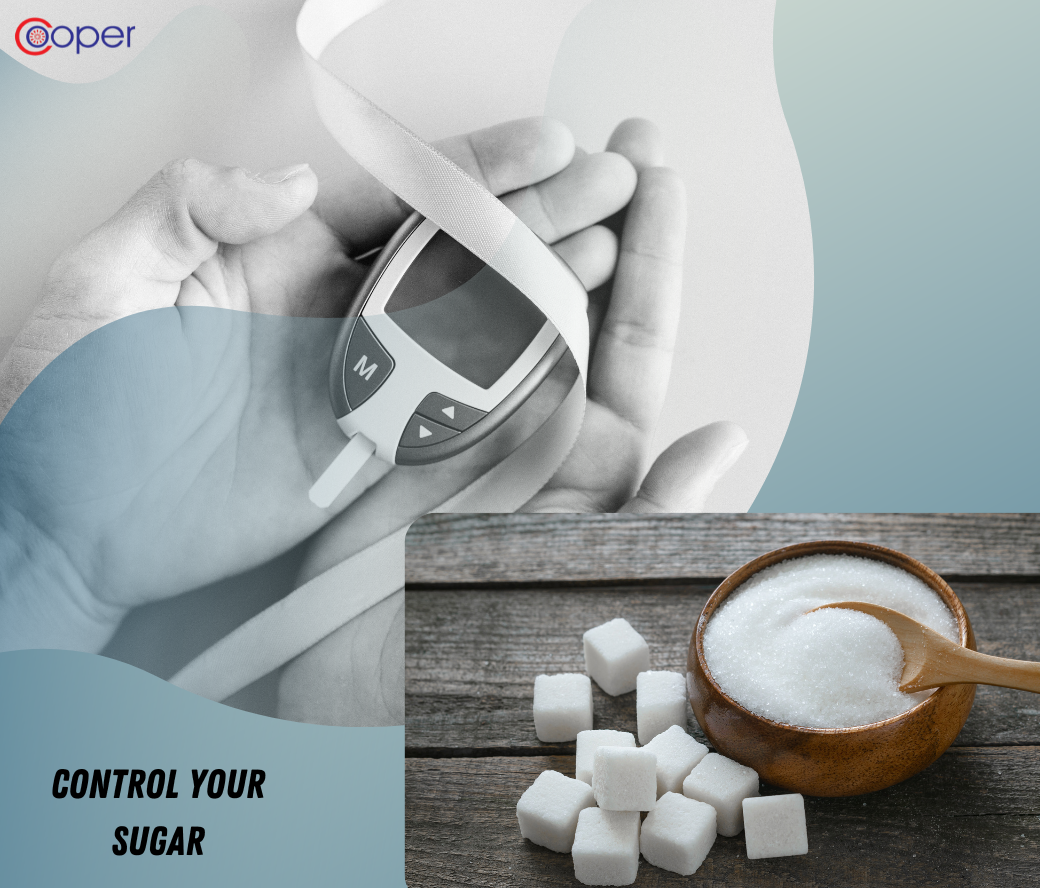




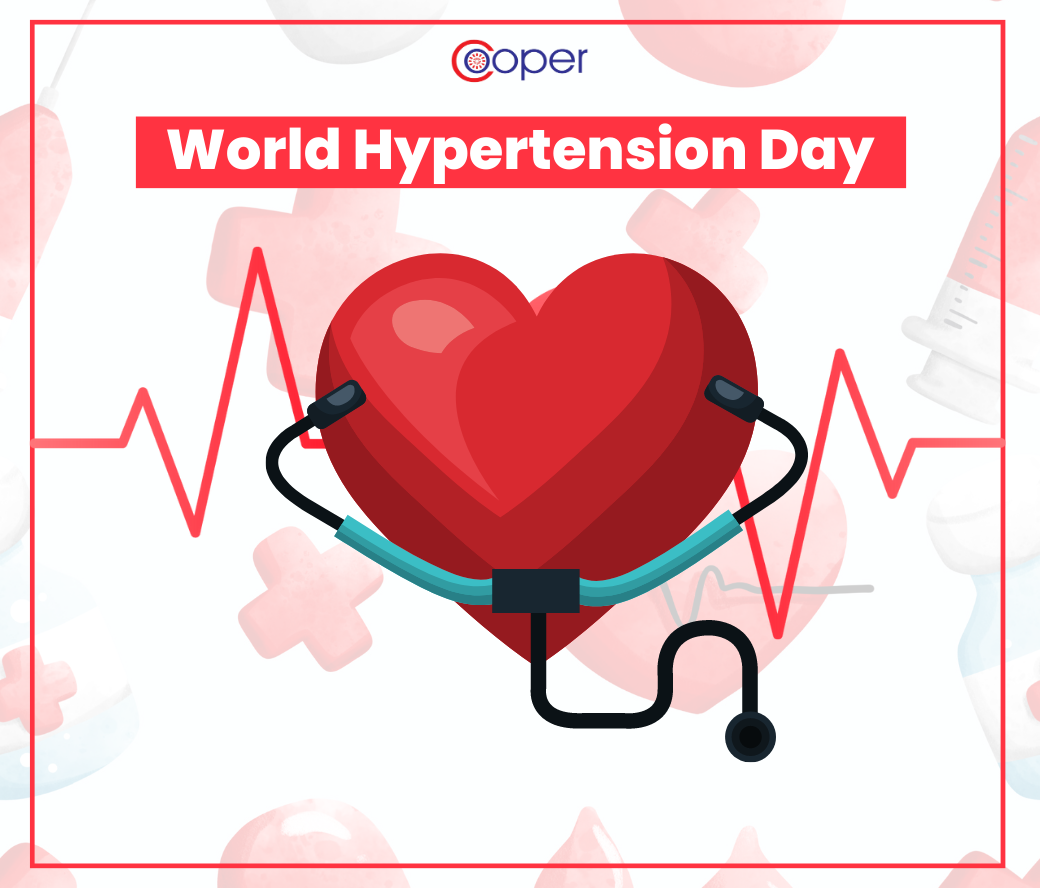


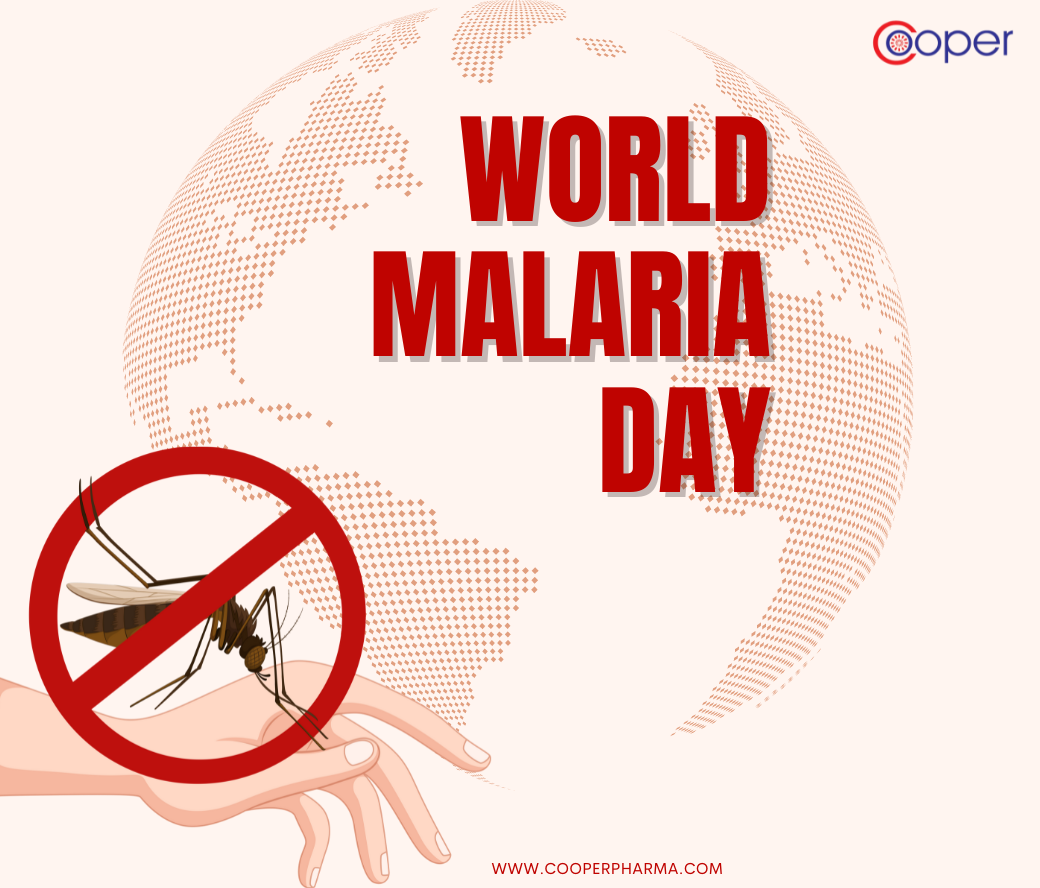




.png)

